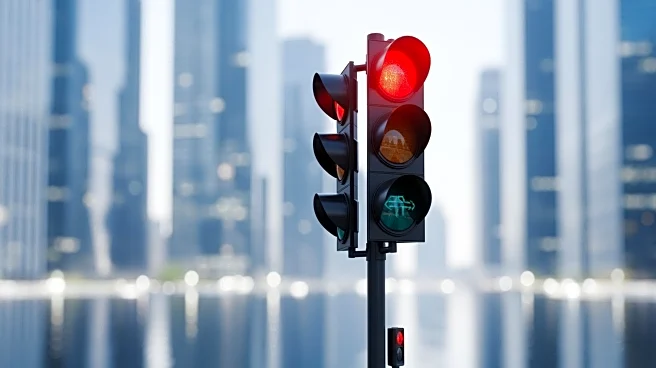What's Happening?
The cost of owning a car in the United States has significantly increased over the past four years. This rise is not only due to the visible price tags of new and used vehicles but also includes additional
expenses such as insurance, maintenance, and health-related costs. These hidden costs contribute to the overall financial burden on car owners. The report highlights that while the initial purchase price of vehicles has been a focal point, the ongoing expenses associated with car ownership are becoming increasingly significant.
Why It's Important?
The rising costs of car ownership have broad implications for American consumers and the economy. As expenses increase, individuals may find it more challenging to afford personal vehicles, potentially leading to a shift in transportation preferences. This could impact the automotive industry, insurance companies, and public transportation systems. Additionally, the financial strain on consumers may affect their spending in other areas, influencing economic patterns. Understanding these dynamics is crucial for policymakers and businesses as they navigate the evolving transportation landscape.
What's Next?
As the costs associated with car ownership continue to rise, consumers may seek alternative transportation options, such as public transit, car-sharing services, or more fuel-efficient vehicles. This shift could prompt changes in urban planning and infrastructure development to accommodate new transportation trends. Additionally, policymakers might consider interventions to alleviate the financial burden on car owners, such as subsidies or incentives for using alternative transportation methods.
Beyond the Headlines
The increasing costs of car ownership also raise questions about environmental sustainability and urban development. As more people potentially move away from personal vehicle ownership, there could be a positive impact on reducing carbon emissions and traffic congestion. This transition may encourage the development of more sustainable urban environments and promote investment in green transportation technologies.











